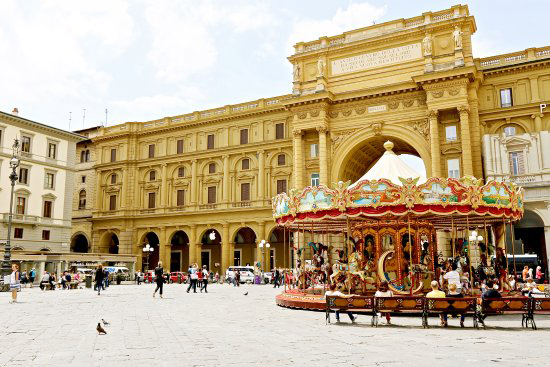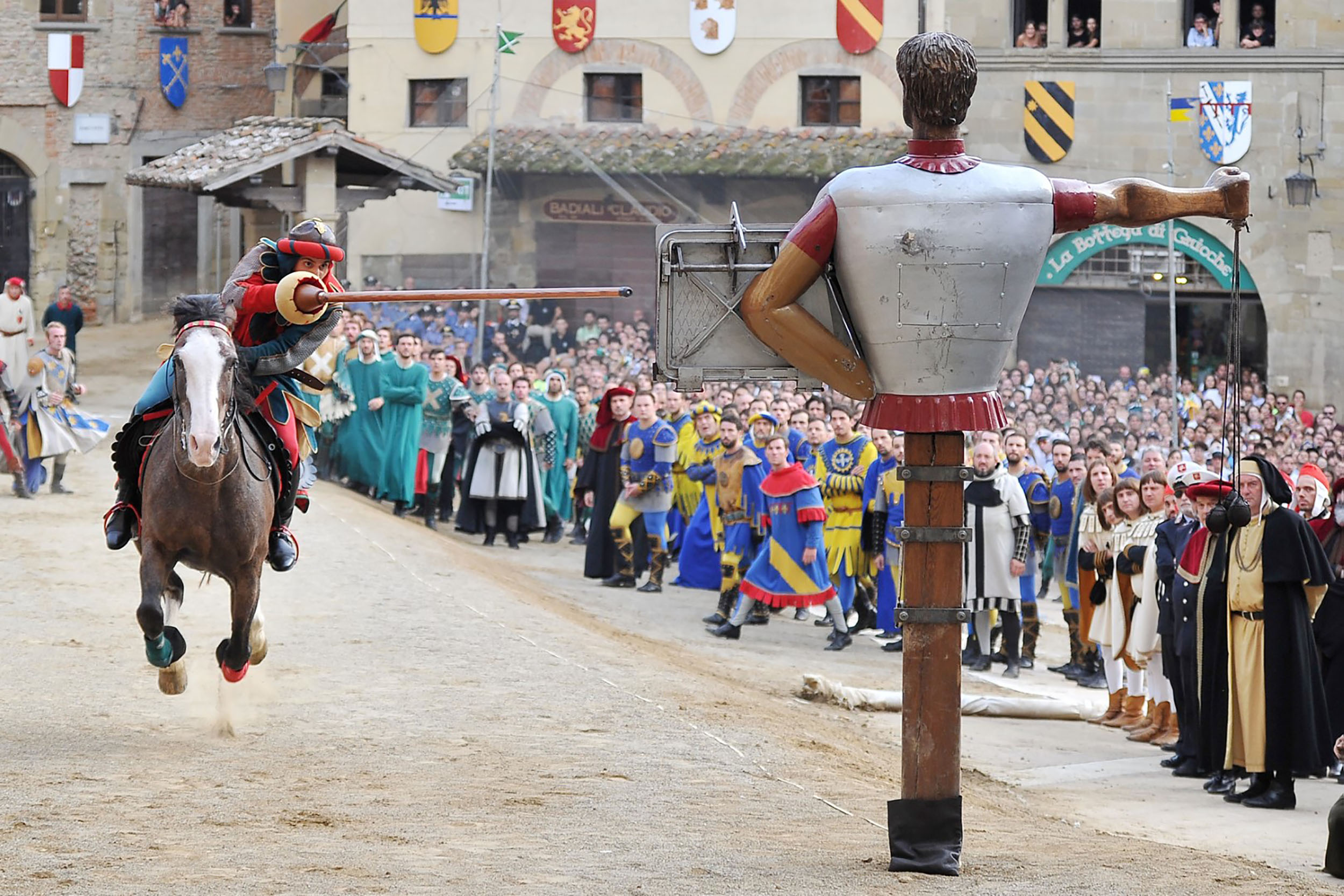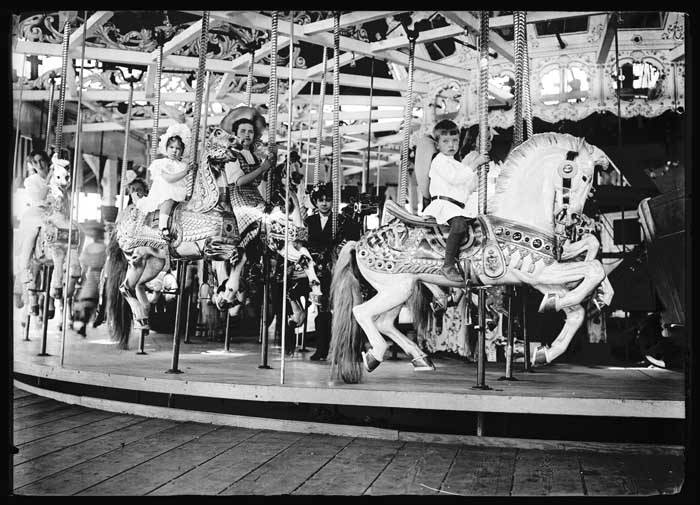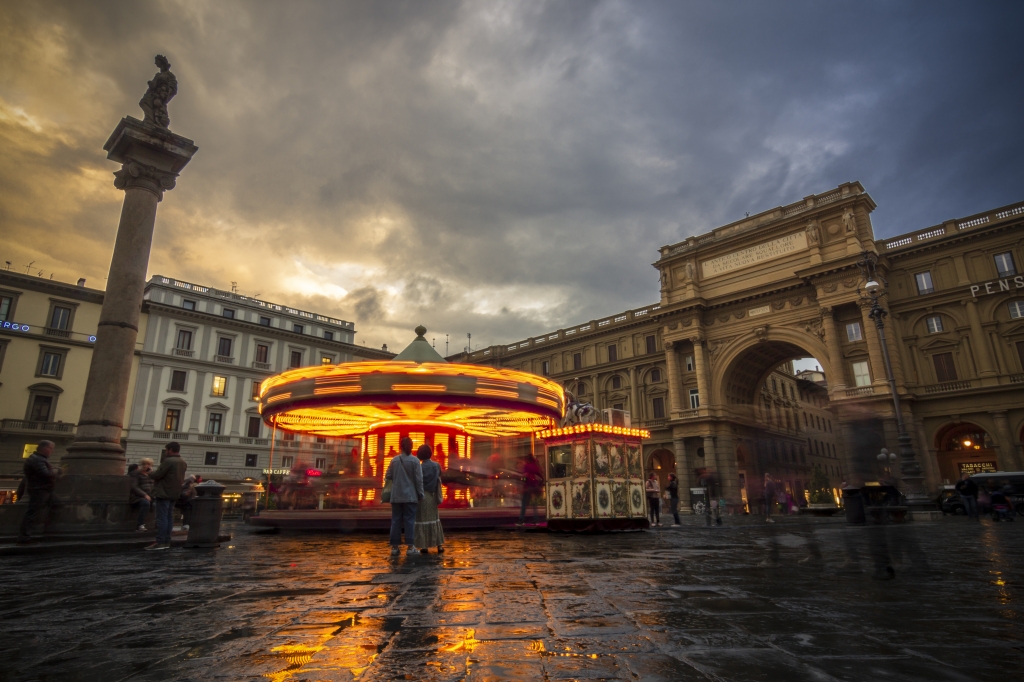A JOURNEY THROUGH TIME: THE HISTORY OF THE HORSE CAROUSEL
In the heart of Florence, amidst historic buildings and fashionable shops, stands the majestic ancient Tuscan carousel. This artifact, which has enchanted generations of children and adults, has a captivating and ancient history, rooted in 19th-century Europe.
But how was the horse carousel born? And how has it evolved over the years? Join us on this journey through time, discovering the history of the horse carousel.
THE FIRST CAROUSELS OF THE 19TH CENTURY
It all began in 19th-century Europe, in an era when carousels were not made of LED lights and digital sounds, but of wood, metal, and most importantly, real horses. The first carousels were indeed real jousts where riders demonstrated their equestrian skills. These shows were very popular, especially in France and Italy, and attracted crowds of spectators.
The carousels of that time were very different from what we know today. They didn't have the typical rotating platform but were made up of a series of poles around which horses were made to run. The riders, in turn, had to grab suspended rings while on horseback, thus demonstrating their skill and dexterity.
THE TRANSITION FROM REAL HORSES TO MECHANICAL FIGURES
Over time, maintaining and managing real horses became increasingly expensive and complicated. Moreover, using animals in shows became less popular among the public. Thus, by the end of the 19th century, the first mechanical carousels began to appear.
These new carousels featured figures of horses made of wood and metal, which moved up and down thanks to a gear mechanism. The rotating platform became the standard, and carousels began to be powered first by human strength, then by animal traction, and finally by electricity.
THE HORSE CAROUSEL
Today, the horse carousel is a timeless icon. Despite the advent of increasingly technological and futuristic attractions, the simplicity and magic of the horse carousel continue to enchant. Whether it's a simple carousel in a town square or an elaborate merry-go-round in a large amusement park, the horse carousel remains a symbol of tradition and nostalgia.
THE EVOLUTION IN THE 20TH CENTURY
The 20th century saw a real revolution in the world of carousels. With the advent of electricity, carousels became larger and more complex, with dazzling lights and captivating music. The wooden and metal horses became increasingly detailed and realistic, and they were often hand-painted by true artists.
During these years, in the early 1900s in Gambalò, in the province of Pavia, our carousel was built.
Its historical significance is evidenced by the movement of the carousel, which has remained the same as when it was first created. Only the continuous maintenance of the mechanical parts has allowed the preservation of one of the few historic carousels that remain intact today.
TODAY
The horse carousel has spanned centuries of history, evolving and adapting to the changing times. From a simple equestrian show of the 19th century to an icon of modern amusement parks, the horse carousel represents a piece of history that continues to live in all our hearts. And the next time you find yourself riding one of those wooden horses, remember the long journey it took to get to you.




